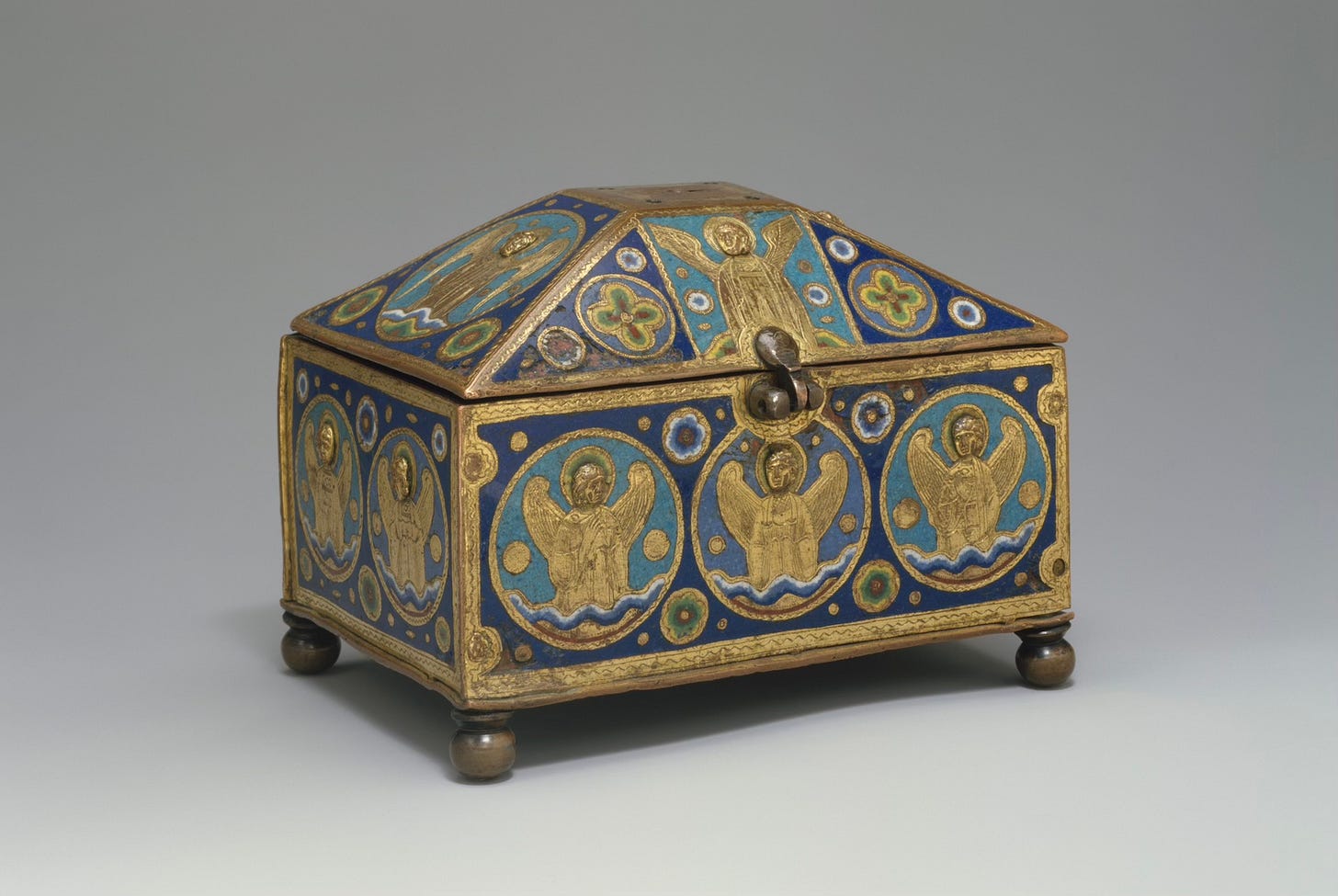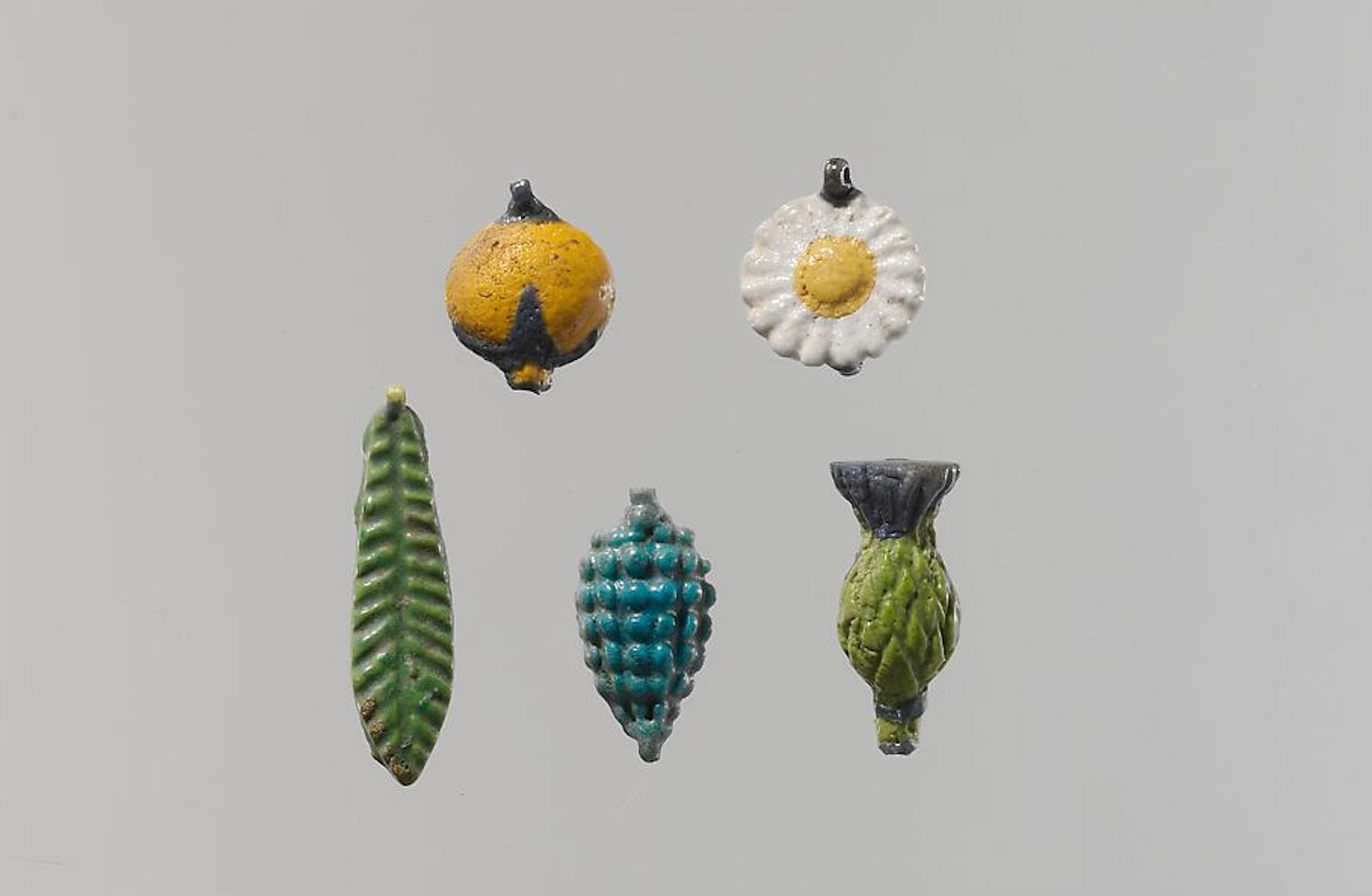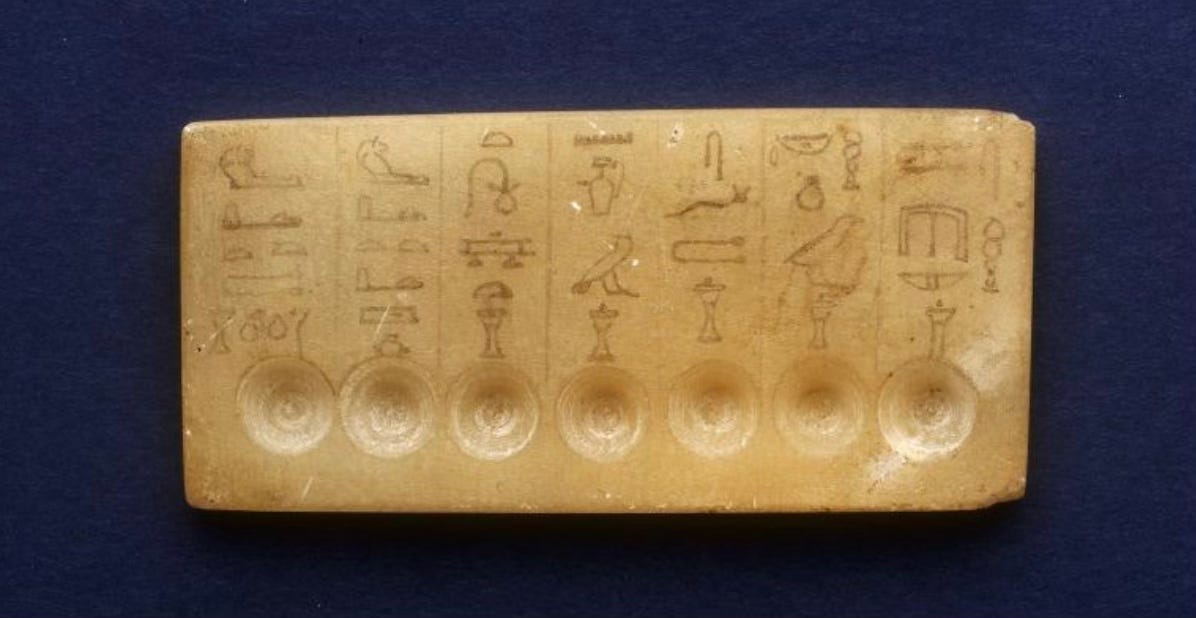
Scent communicates. Each of us has our own scent which naturally announces our presence and allows our essence to linger in all the places we’ve dwelt. Scent is important. Beyond communicating with our visible reality, scent pierces the veil between worlds, enabling connection with realms unseen. One of the sacred relationships scent nourishes is between us and nature. The herbs and roots we choose to work with are as significant as the intention behind anointing ourselves.
Sacred Seeds is a monthly series that explores the histories and mythologies of biblical plants. You can access previous posts from this series here.
Scent and Space
In many spiritual traditions, scent is an aspect of consecrating sacred space. Oils and incense are incorporated according to the rituals and preferences of the deity. In the Hebrew Bible, God instructs Moses to make an anointing oil for God’s dwellings and to indicate God’s followers. As described in Exodus 30:22-25, the oil blend includes a variety of plants.
Take the finest spices: of liquid myrrh five hundred shekels, and of sweet-smelling cinnamon half as much, that is, two hundred fifty, and two hundred fifty of aromatic cane, and five hundred of cassia—measured by the sanctuary shekel—and a hin of olive oil, and you shall make of these a sacred anointing oil blended as by the perfumer; it shall be a holy anointing oil.
Moses is directed to anoint the Tent of Meeting: God’s dwelling in the desert and the Ark of the Covenant: the chest that housed the tablets bearing God’s commandments alongside the altars, lamp stands and utensils. This oil was also used to consecrate Aaron and the other priests. Finally, Moses must declare to the people, “This shall be [God’s] holy anointing oil throughout your generations” (Exodus 30:31). Scent is a reminder of God’s presence on earth and with God’s beloved people.

Seeds as Symbols
In the Ancient Near East, plants were understood to be imbued with attributes. They were incorporated into recipes according to their perceived healing properties and symbolism. When selecting plants to work with to create anointing oil, we should also be mindful of their medicinal and magical qualities. While it might be tempting to work with exotic plants, the plants that exist around us aren’t there by accident. Nurturing our relationship with the land where we live is how we allow plants to root us, so we can develop a sense of belonging.
We should desire to learn more about the plants we work with. Plants are lovers and greater intimacy encourages greater connection. We can better understand their role in history by studying folklore and indigenous wisdom. However, it’s also necessary to interact with plants and allow them to reveal themselves to us over time. This process supports us in discerning which plants we feel called to and whether or not they consent to a working with us. Always bring a meaningful offering for plants you hope to work with.
Resources for Research
The Light Eaters: How the Unseen World of Plant Intelligence Offers a New Understanding of Life on Earth by Zoë Schlanger
The Art & Practice of Spiritual Herbalism: Transform, Heal and Remember with the Power of Plants and Ancestral Medicine by Karen M. Rose
African American Herbalism: A Practical Guide to Healing Plants and Folk Traditions by Lucretia VanDyke
Adaptogens: Herbs for Longevity and Everyday Wellness by Adriana Ayales

Crafting Sacred Oils
Components
Olive Oil
Essential Oil(s)
Containers
Glass Roller Bottle
2oz Glass Dropper Bottle
Crafting
Roller Bottle: Fill container ⅔ with olive oil and add ten to fifteen drops of essential oil(s) of your choice.
Dropper Bottle: Fill the container ⅔ with olive oil and add twenty to thirty drops of essential oil(s) of your choice.
Consecration
Once you’ve crafted your sacred oil, hold the bottle and say a prayer that includes your blessings and intentions for the oil. You can recite a prayer that already exists or write one of your own. Consider the ways that you’d like to connect with Source and nature.
Safety Note: When selecting essential oils to make topical sacred oils, always ensure that they are safe for use on skin.






